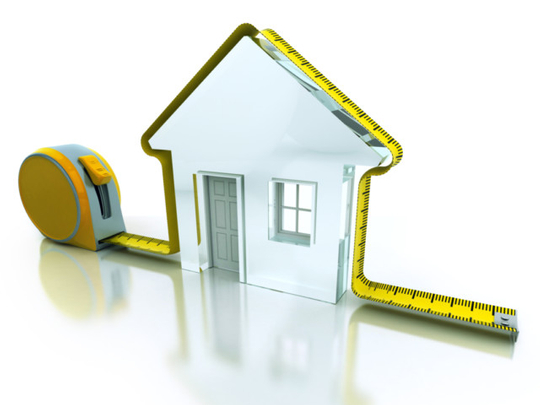
Whether you are a homeowner, tenant or real estate investor, how do you know exactly what you’re getting for your money? Currently, the way residential property is measured can vary significantly from one market to the next or even from one project to the next. As a consequence, owners, occupiers and investors in domestic property are often left confused or misinformed when it comes to the reported floor space.
What is included in a floor area measurement can vary significantly depending on where you are:
* In Spain residential
property measurements often include swimming pools.
* In parts of the Middle East it is not uncommon for floor area measurements to include hypothetical floors.
* In India car parks can be included as well as common or shared areas.
* In some parts of the US property measurements are actually measurements of air-conditioned space and not floor areas.
This causes substantial issues and disputes, particularly when property is listed off-plan or bought by investors, but it has also led to disputes where rental calculations and service charges have relied on erroneous measurement information.
Evidence of the variance in residential measurements is also highlighted in a new Rics Research report, Residential Property Measurement Practice (September 2016), written by Dr Lesley Hemphill and Dr Jasmine Lay Cheng Lim of Ulster University. The report investigated local measurement practice in locations around the world and compared the variance to using the new globally benchmarked International Property Management Standards (IPMS): Residential Buildings. The difference in measurement for residential apartments, for example, varied by as much as 27 per cent, while measuring residential homes can vary by up to 58 per cent.
How can IPMS help?
Published by a coalition of more than 80 property organisations around the world, and drafted by an independent group of 18 experts from 11 countries, IPMS: Residential Buildings is the second in a series of global open-source standards aimed at creating a uniform approach to measuring buildings.
“[The new standard] addresses a simple but challenging reality: how do we provide transparent and consistent measurements for domestic properties when the methods used to perform these measurements differ across global markets?” says Alexander Aronsohn, Rics director of technical international standards. “For many, owning a home is the most important investment they’ll make. This new standard will enable investors, estate agents, developers, consumers and other users of professional property services to make more informed decisions. IPMS: Residential Buildings is ultimately about protecting the investments we make as individuals, investors or industry leaders.”
The standard was launched in September and follows IPMS for Offices, which became mandatory in 2014. It will provide a guide to measurement around the world for all residential buildings and will address the inconsistencies around the inclusion and exclusion of elements like chimneys, internal staircases, storage with restricted height, internal walls and external space such as patios, carports, gardens and swimming pools.
A number of governments and corporate occupiers and employers of property professionals are adopting IPMS to benchmark their property measurements. Most recently, the Abu Dhabi government formally adopted IPMS and will be supporting the use of the global standard in its property portfolio. Dubai and Ajman were the first to support the adoption of IPMS, and a growing list of governments have shown interest, including Bahrain, which is partnering with the coalition to adopt the standard.
IPMS will increase transparency and confidence in real estate transactions. Whether you’re a buyer, investor or developer, IPMS will provide a clear basis for property measurement and avoid confusion on standards, local practices and legal cases, and eliminate market inconsistencies.












